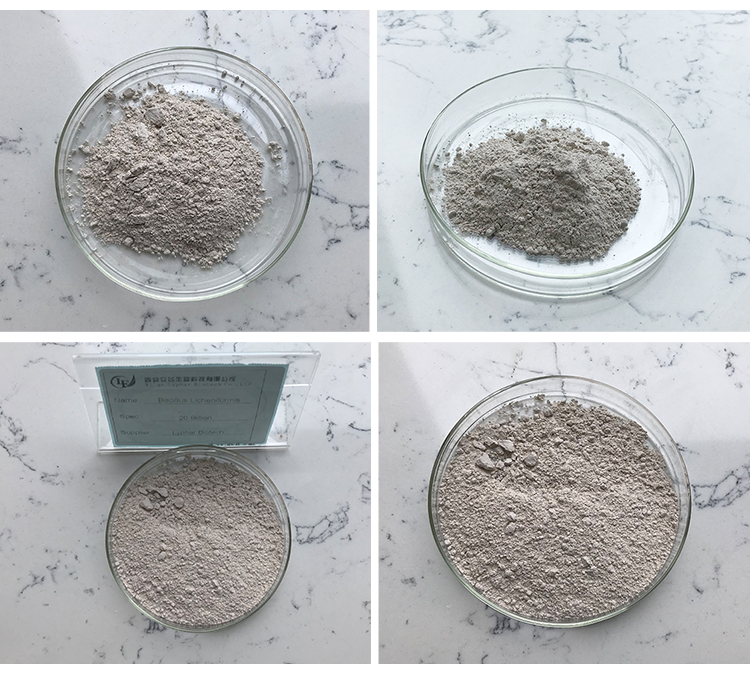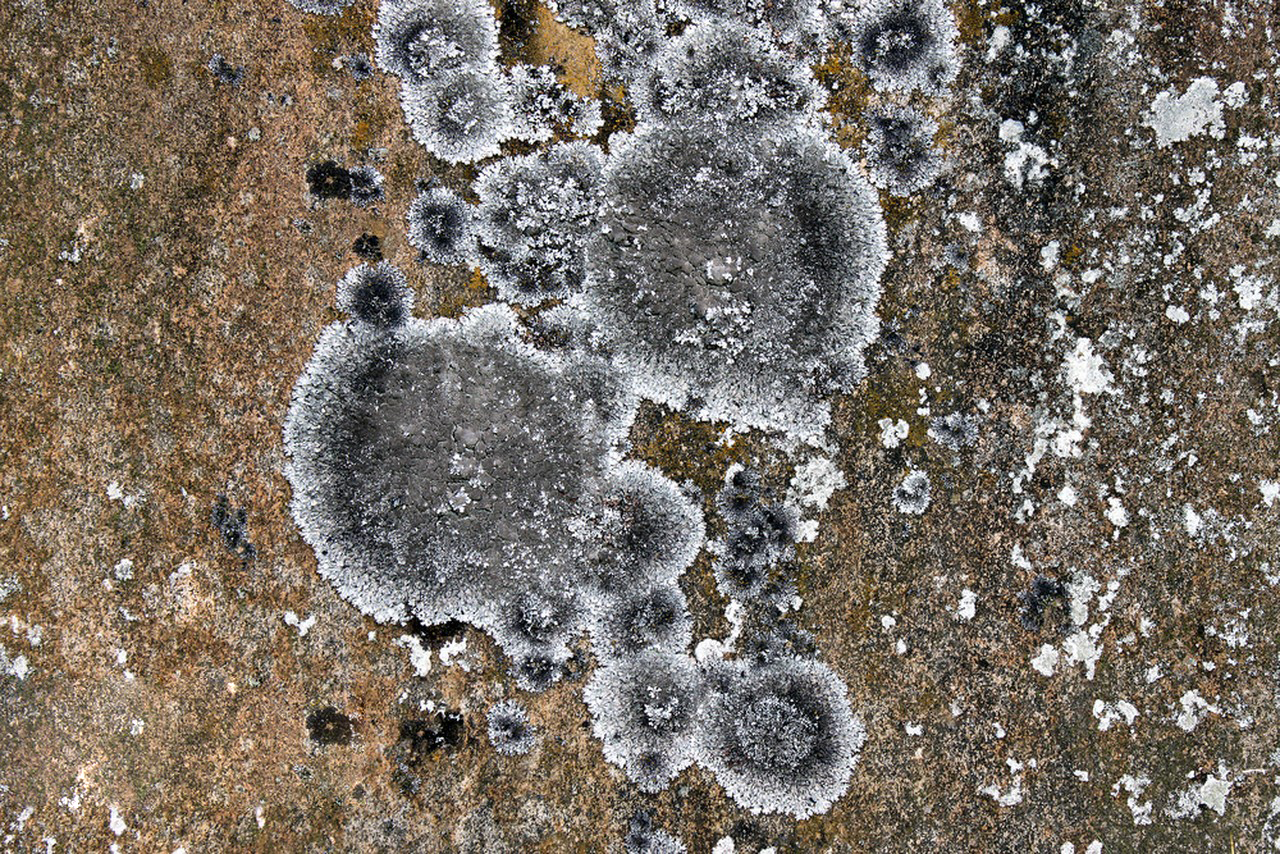Bacillus licheniformis is a Gram-positive bacterium that belongs to the Bacillus genus. It is known for its ability to produce enzymes and has been widely used in various industrial applications. The basic ingredients required for the growth of Bacillus licheniformis, like any other bacteria, include a suitable growth medium that provides essential nutrients.
The basic components of a growth medium for Bacillus licheniformis typically include:
1.Carbon Source: Bacillus licheniformis can utilize various carbon sources, such as sugars (glucose, sucrose), starch, or other organic compounds.
2.Nitrogen Source: Nitrogen is essential for protein synthesis. Common nitrogen sources include ammonium salts, amino acids, or peptides.
3.Minerals and Salts: Essential minerals like phosphorus, sulfur, potassium, magnesium, and trace elements are necessary for bacterial growth.
4.Trace Elements: These include ions like iron, manganese, zinc, copper, and others in trace amounts, which are crucial as cofactors for various enzymes.

5.Vitamins: Some strains of Bacillus licheniformis may require certain vitamins for optimal growth.
6.Water: Water is essential for the dissolution and transport of nutrients.
The specific formulation of the medium may vary depending on the purpose of the bacterial culture, whether it is for enzyme production, research, or other applications. Different media formulations may be optimized for specific conditions and desired outcomes. It’s important to note that Bacillus licheniformis is versatile, and its ability to produce various enzymes makes it valuable in industrial processes such as the production of amylases, proteases, and other enzymes.
Effect and Function of Bacillus Licheniformis
Bacillus licheniformis is a Gram-positive, spore-forming bacterium that is commonly found in soil and other natural environments. It has various applications in industrial and agricultural settings due to its diverse metabolic capabilities and production of enzymes. Here are some of the effects and functions associated with Bacillus licheniformis:
1.Enzyme Production:
Proteases: Bacillus licheniformis is known for producing proteolytic enzymes, such as subtilisin, which have applications in detergent formulations for stain removal.
Amylases: It produces amylases that can be used in various industrial processes, including the food and textile industries.
2.Industrial Applications:
Detergent Industry: The proteases produced by Bacillus licheniformis are utilized in the detergent industry for their ability to break down protein-based stains.
Textile Industry: Enzymes from this bacterium can be employed in the textile industry to improve fabric properties and enhance dyeing processes.
3.Agricultural Functions:
Biocontrol: Bacillus licheniformis has shown potential as a biocontrol agent against plant pathogens. It can help protect crops from diseases by suppressing the growth of harmful microorganisms.
Plant Growth Promotion: Some strains of Bacillus licheniformis have been reported to promote plant growth by enhancing nutrient availability and inducing systemic resistance in plants.
4.Bioremediation:
Bacillus licheniformis has been studied for its ability to degrade pollutants and contaminants in the environment. Its enzymes and metabolic activities may contribute to the breakdown of organic matter and pollutants in soil.

5.Probiotic Potential:
In animal husbandry and aquaculture, certain strains of Bacillus licheniformis are investigated for their probiotic properties. They may contribute to the improvement of animal health and growth.
6.Food Industry:
Bacillus licheniformis has been studied for its potential use in the fermentation of certain foods, contributing to the development of flavor and texture.
It’s important to note that while Bacillus licheniformis has various beneficial applications, the specific effects and functions can vary depending on the strain and environmental conditions. Additionally, like other bacteria, its safety and efficacy should be carefully evaluated before widespread use in specific applications.
